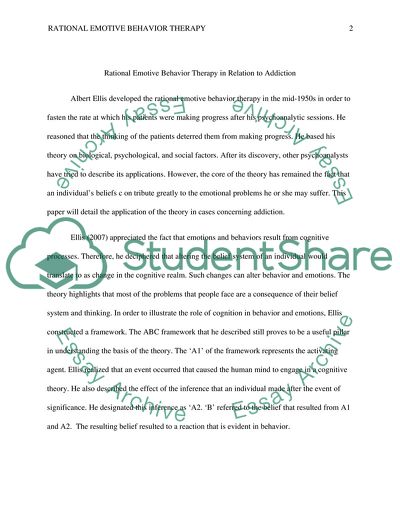Cite this document
(Rational Emotive Behavior Therapy in Relation to Addiction Research Paper, n.d.)
Rational Emotive Behavior Therapy in Relation to Addiction Research Paper. https://studentshare.org/psychology/1794192-rational-emotive-therapy-in-relation-to-addiction
Rational Emotive Behavior Therapy in Relation to Addiction Research Paper. https://studentshare.org/psychology/1794192-rational-emotive-therapy-in-relation-to-addiction
(Rational Emotive Behavior Therapy in Relation to Addiction Research Paper)
Rational Emotive Behavior Therapy in Relation to Addiction Research Paper. https://studentshare.org/psychology/1794192-rational-emotive-therapy-in-relation-to-addiction.
Rational Emotive Behavior Therapy in Relation to Addiction Research Paper. https://studentshare.org/psychology/1794192-rational-emotive-therapy-in-relation-to-addiction.
“Rational Emotive Behavior Therapy in Relation to Addiction Research Paper”. https://studentshare.org/psychology/1794192-rational-emotive-therapy-in-relation-to-addiction.


